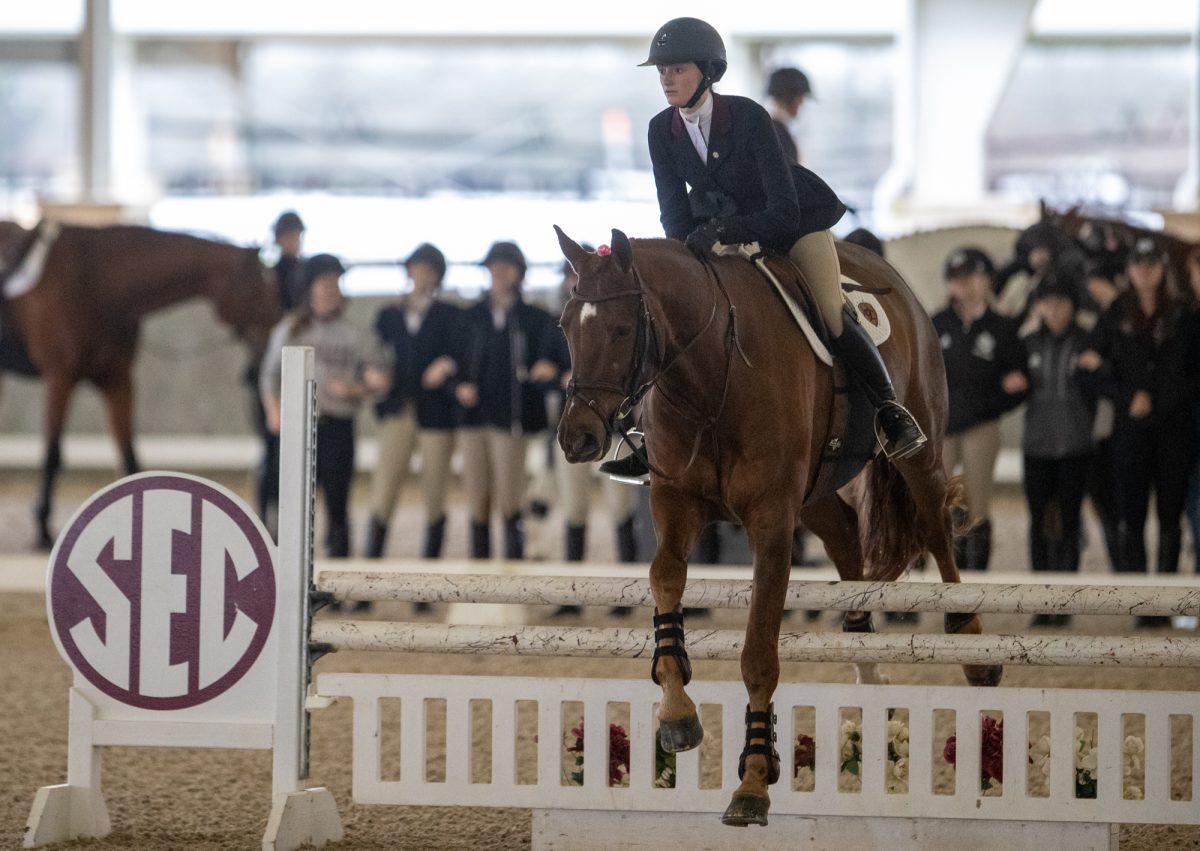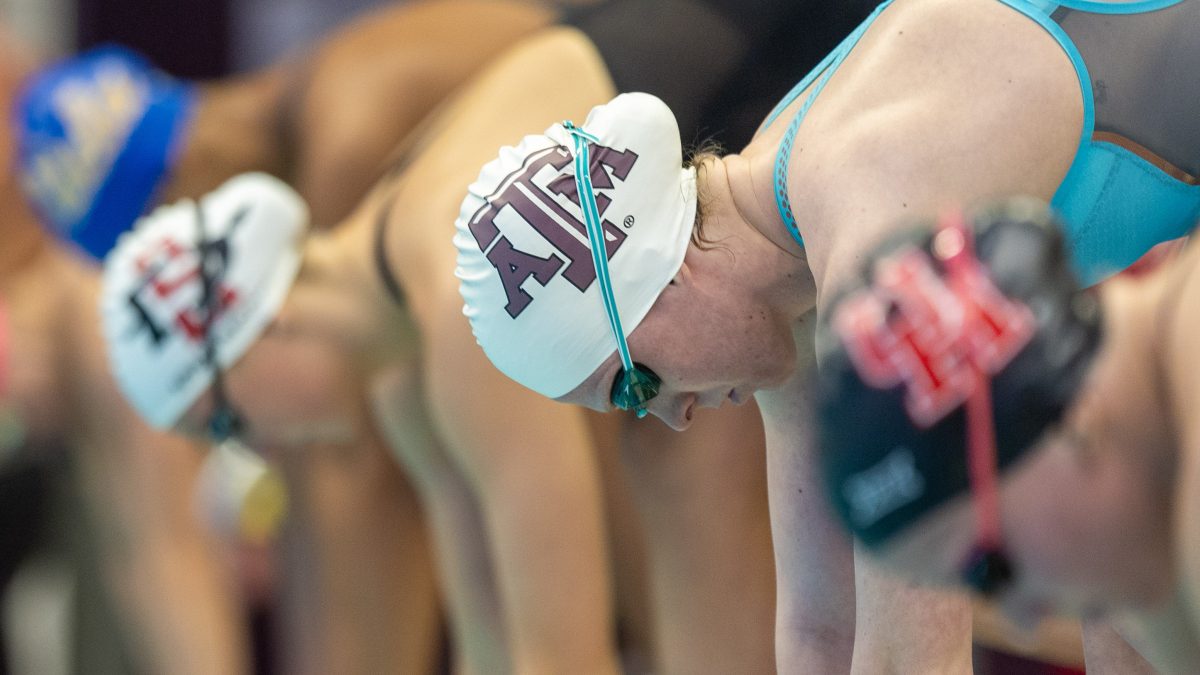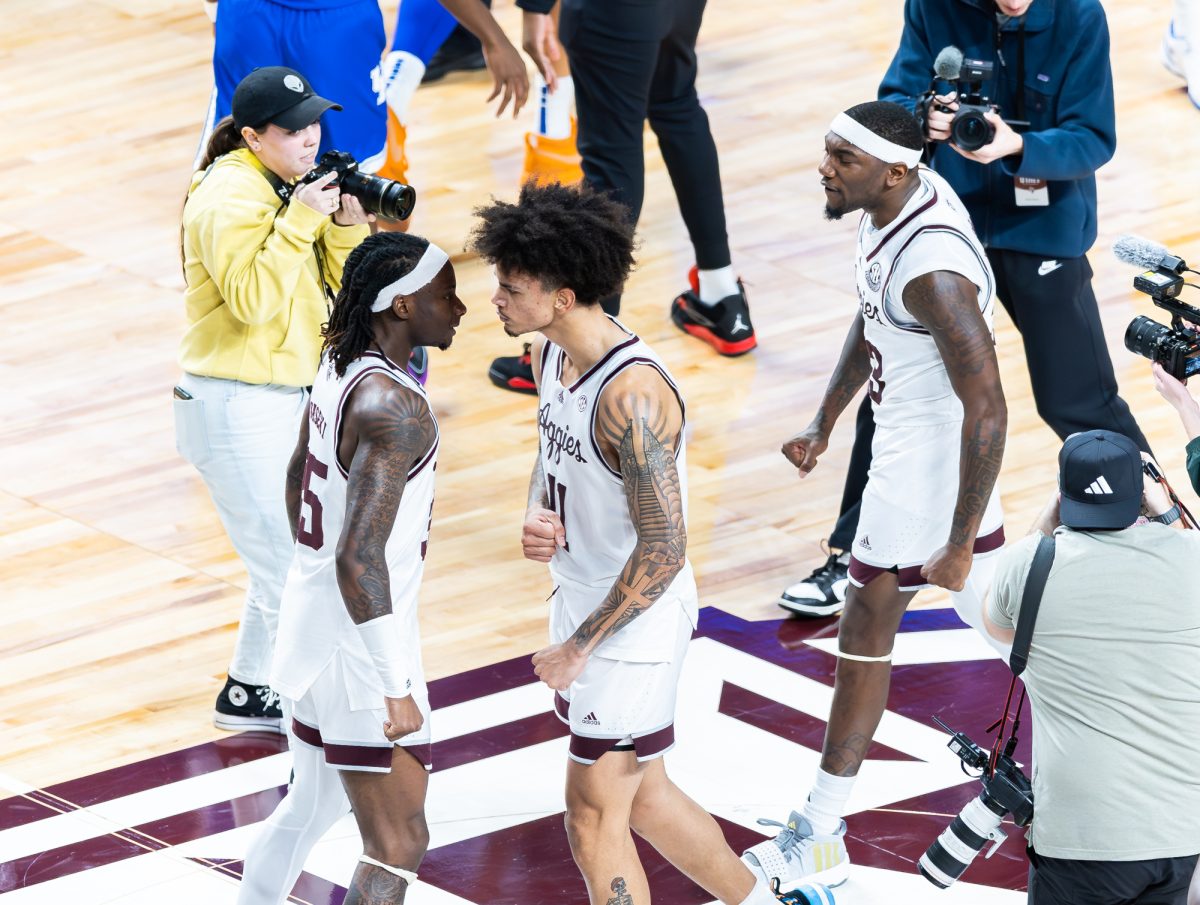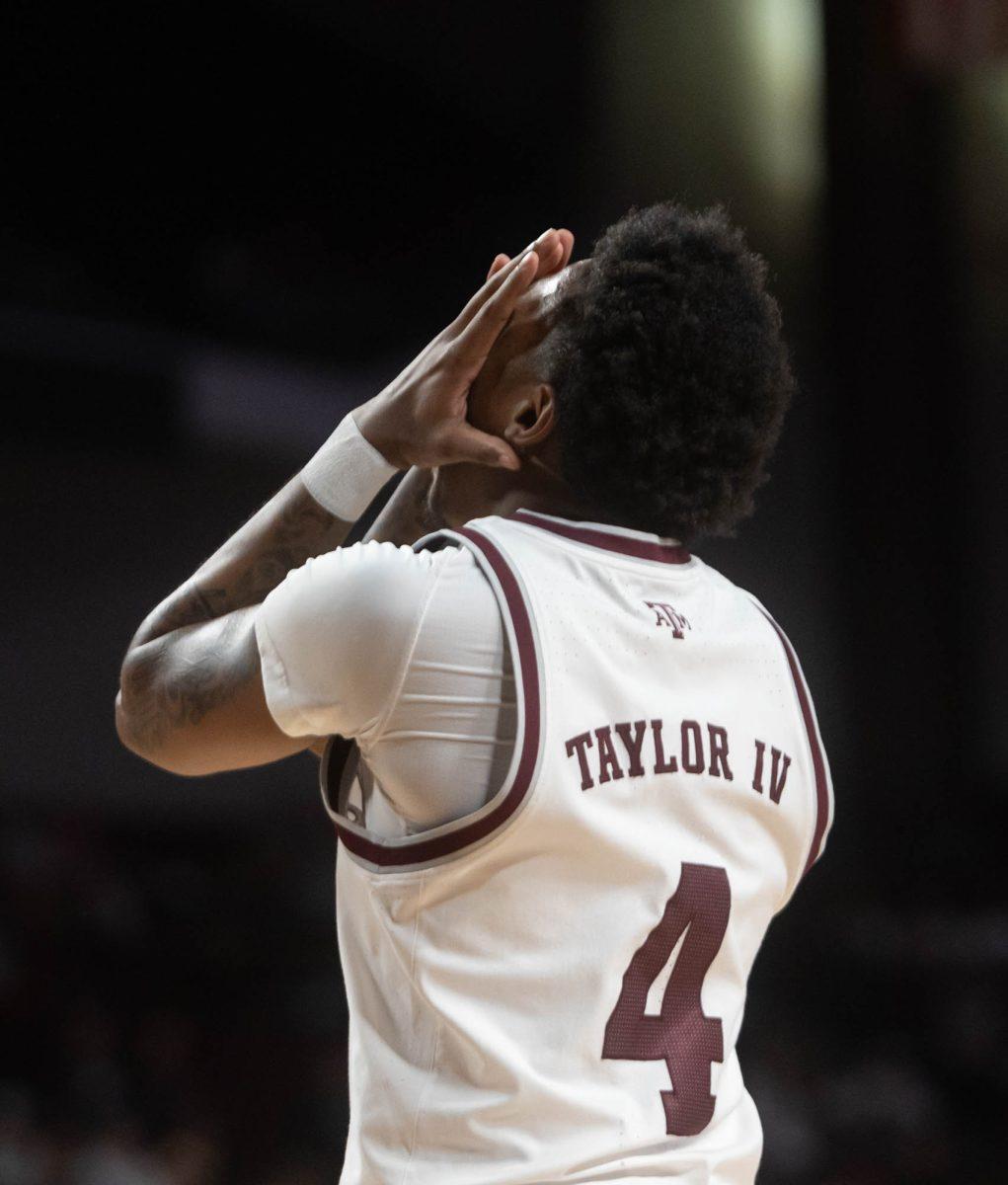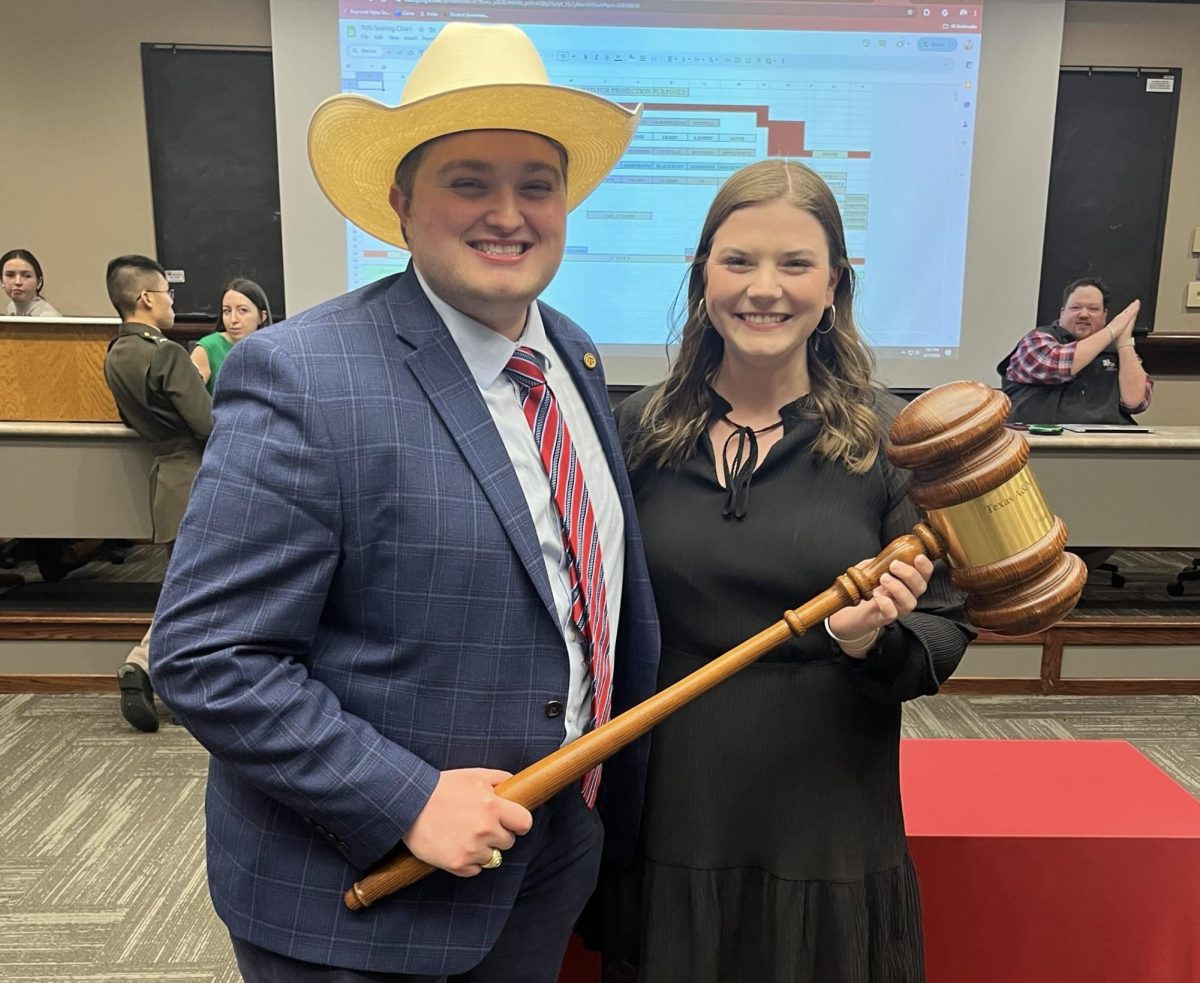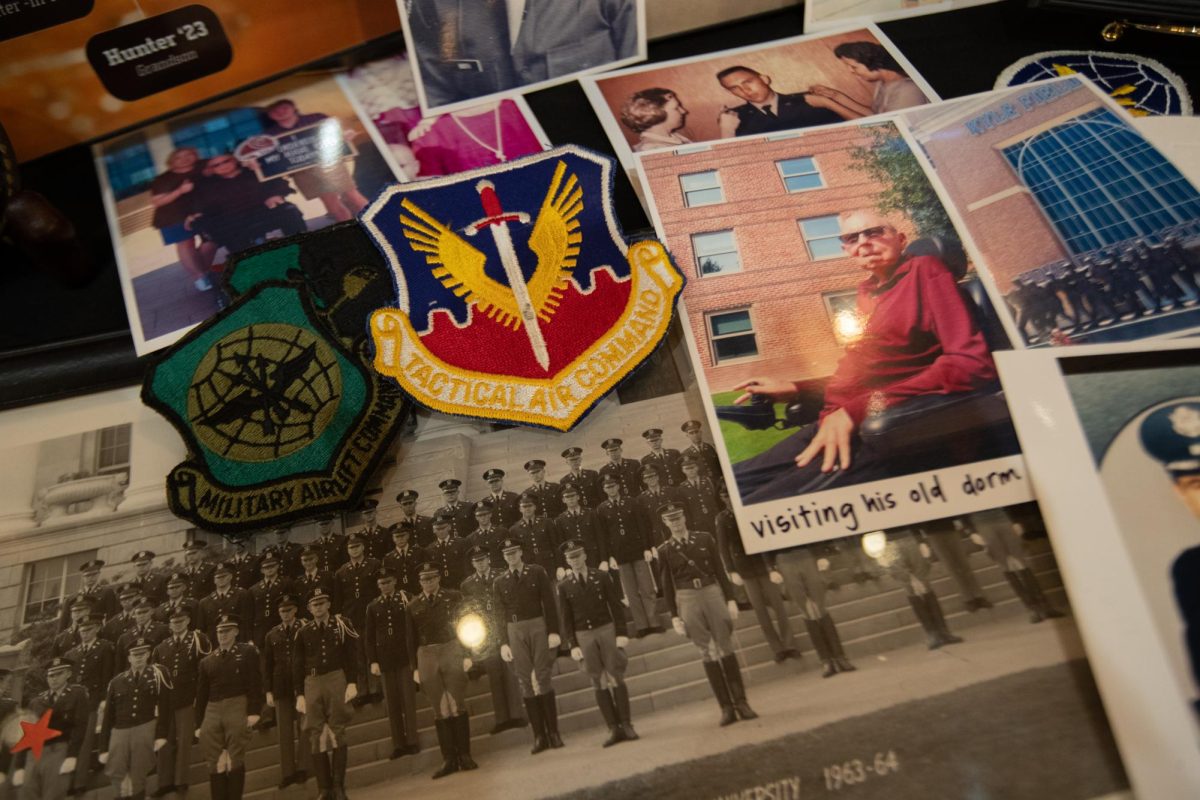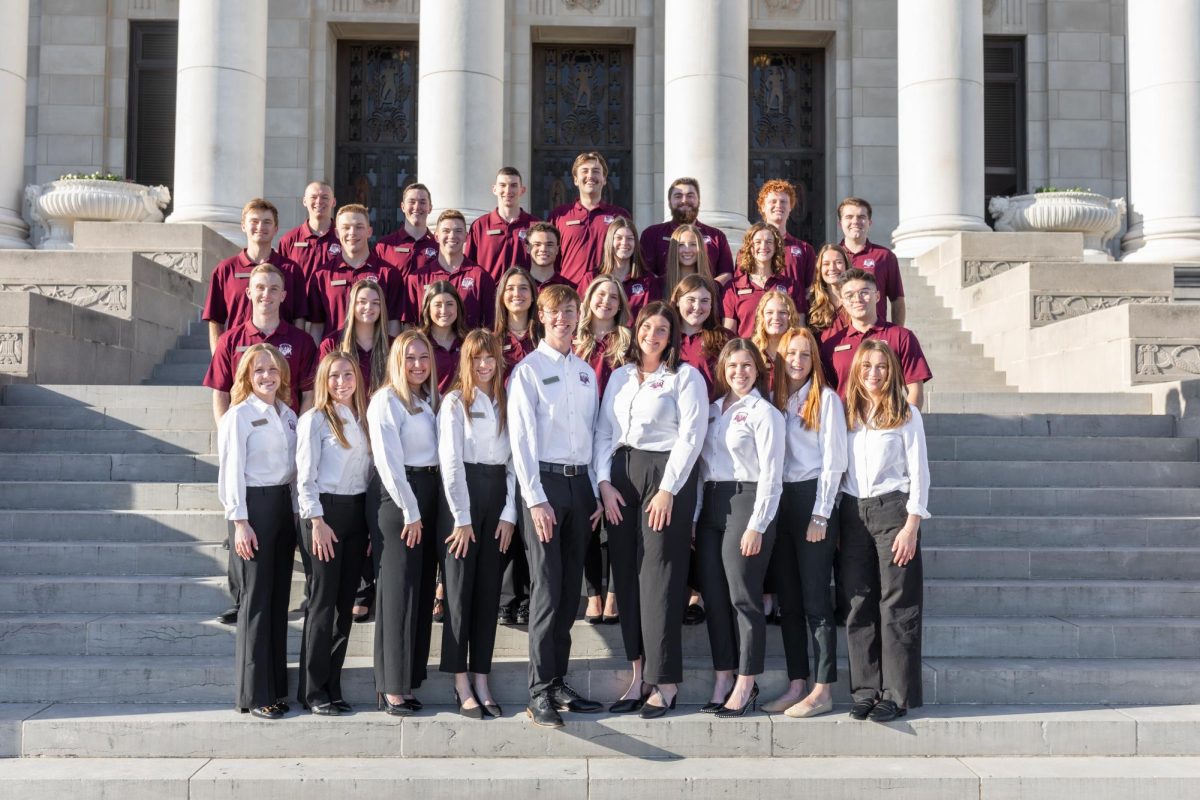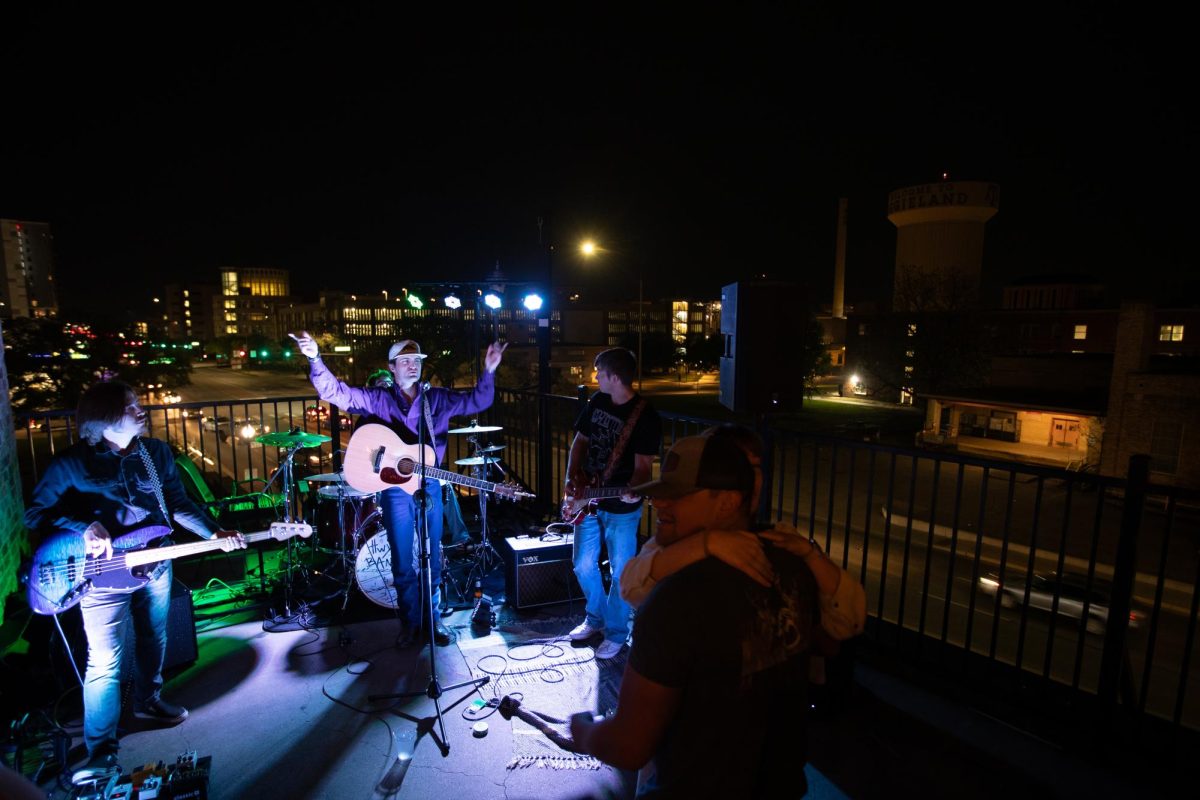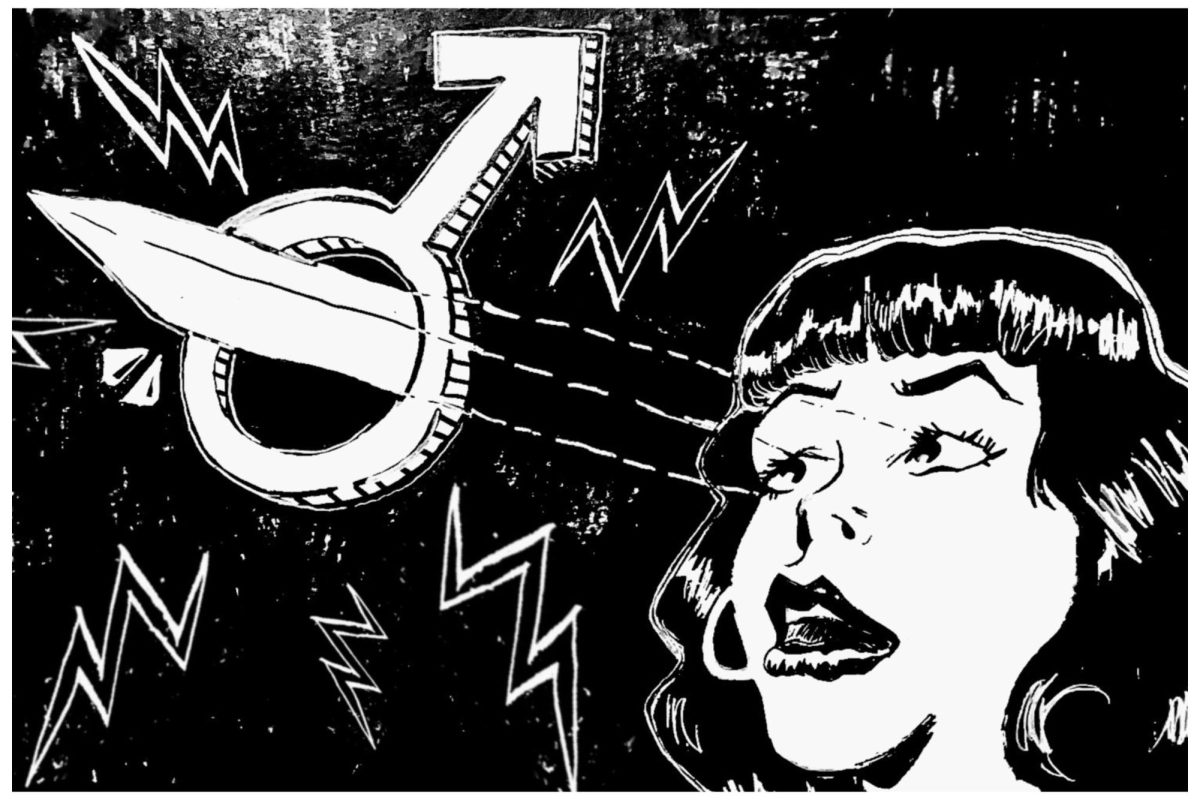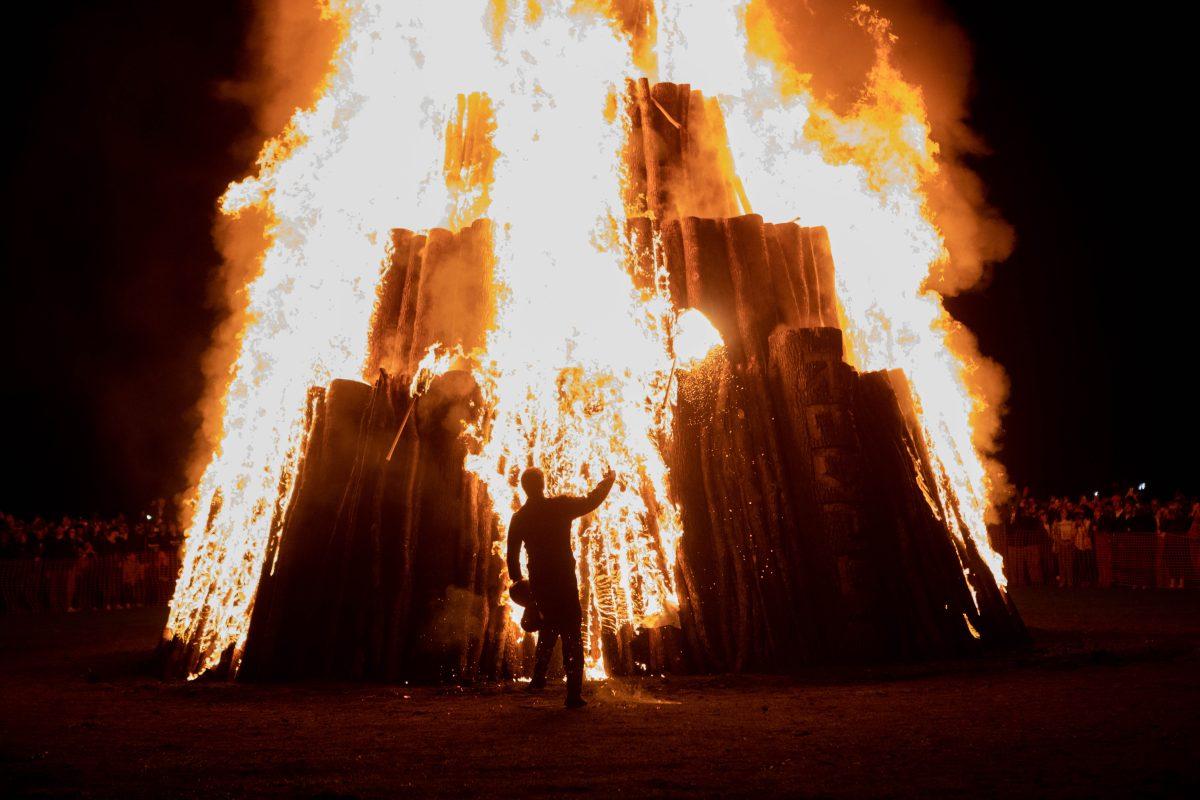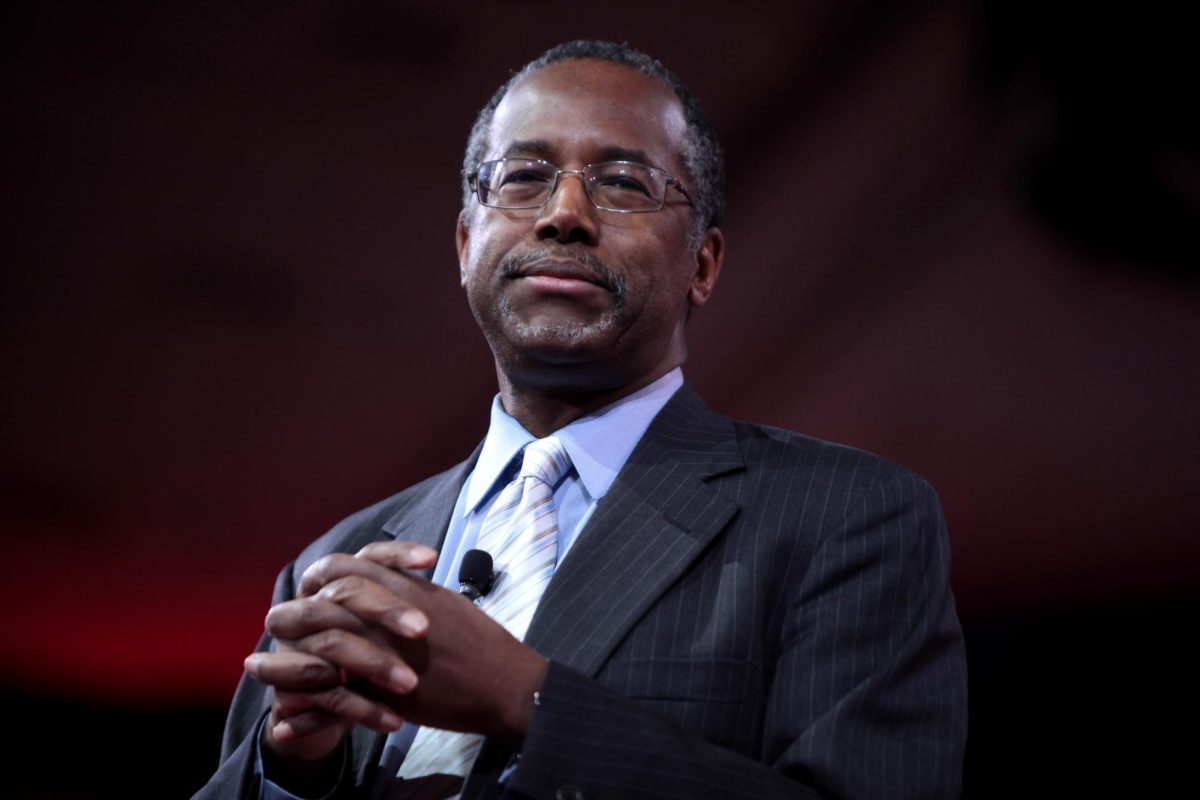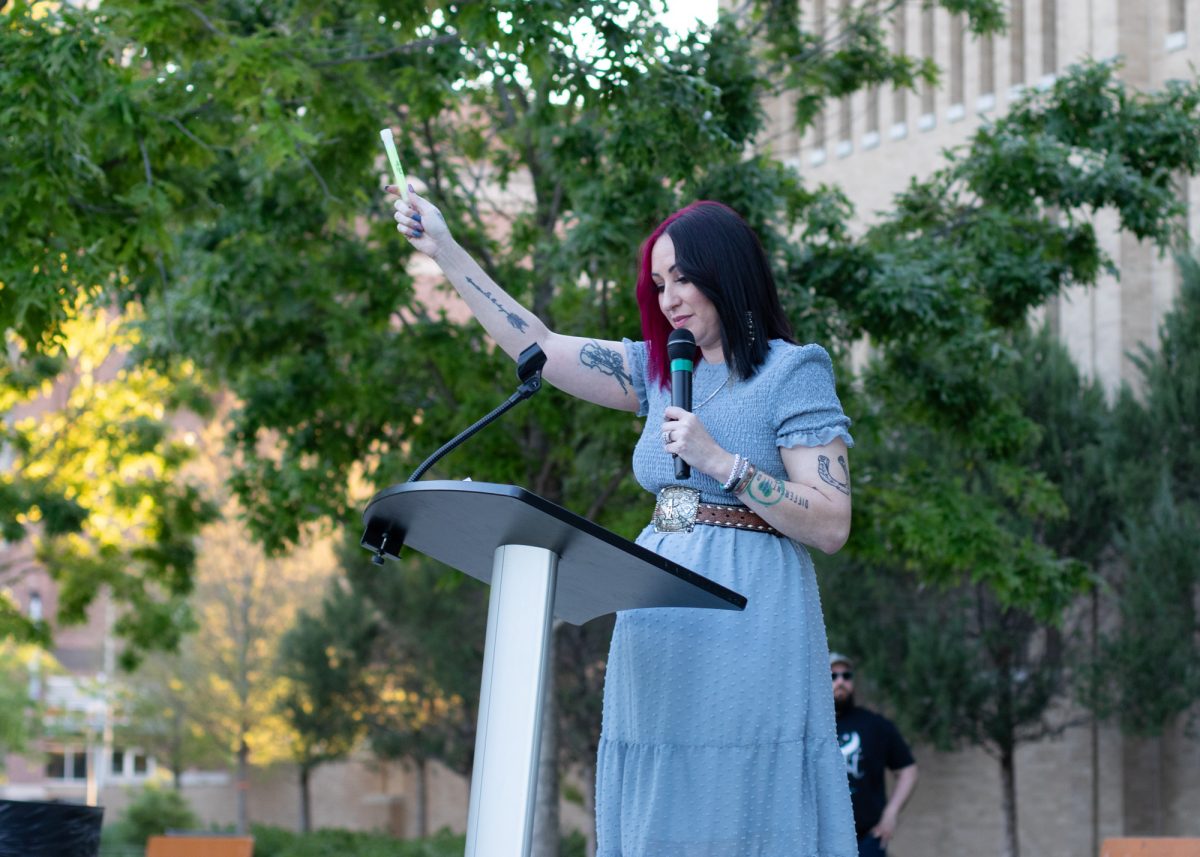When it convenes Thursday and Friday, the Board of Regents will address a proposed student fee increase, the driving force for which is a need for more transportation funding.
The proposal, as outlined at a public forum last week by vice president of finance Jerry Strawser, calls for an increase of $2.32 per credit hour to the University Advancement Fee.
Transportation Services lacks funding and needs more buses, said Kenny Kimball, assistant director for fiscal affairs and compliance.
“The current operation simply does not have the physical capacity to add a significant amount of service at this time,” Kimball said. “Addressing increased ridership by adding additional service requires a larger fleet to make this happen. At the same time, our oldest buses need to be refurbished or replaced. Another challenge for management is maintaining an adequate pool of student drivers.”
Kimball said obtaining new buses can be a costly task — for each hour of service added, there are more costs related to labor, fuel and maintenance.
Kimball said the fleet of current buses must also be maintained, either by refurbishing buses or purchasing replacements.
“The purchase of 10 new Gillig buses, which will be delivered this spring, came in at $447,000 each,” Kimball said. “Students need to be aware that in order to keep up with their needs, support for transit funding is essential.”
Travis Walters, biomedical sciences senior and student services chair in Student Senate, said another issue is the need for drivers.
“They try to keep on between 200 to 250 student drivers along with fulltime drivers,” Walters said. “Unfortunately, with the hiring freeze, they weren’t able to hire on as many fulltime drivers as they were wanting to.”
Walters said Transportation Services was still 40 to 50 drivers short at the beginning of October. A few more have been hired, but there is still a shortage, Walters said.
Prior to the implementation of the UAF in 2012, Kimball said a fee from each student went directly to transportation. That fee rose automatically with increases in student population, but was one of 13 fees rolled into the UAF, from which transportation must request an allotment.
Walters said the first year the UAF was in place, Transportation Services lost $90,000 from its annual budget and has continued to operate below budget needs since. For the 2014-2015 school year, Walters said about $65 per student per semester goes to transportation, but that’s still below what Transportation Services received four years ago.
And while the funding hasn’t increased, the same isn’t true of the stress on the system, Strawser said in the Oct. 28 forum. He said bus ridership is up 41 percent from 2012, and A&M’s 122,000 hours of service dwarfs the state average of just more than 41,000.
Kimball said Transportation Services uses charter services and advertising on the interior and exterior of buses for alternative funding, but those are the only external forms of revenue.
If the fee increase is approved and extra funding is granted to Transportation Services, the department plans to apply it toward new services, bus replacements and bus refurbishment.
For now, Peter Lange, executive director for Transportation Services, said the department is working to develop new ways to save money.
“We are going to begin the RFP process to secure a contract with a company that provides complete remanufacturing for older buses at a fraction of the cost of purchasing a new one,” Lange said. “This contract can also be utilized to purchase additional remanufactured buses in order to expand the fleet. It is hoped this effort will save millions in capital expense and help to maintain a high quality service with a much lower cost to the student.”
Walters said he thinks students and student leaders need to be aware of these types of decisions to stay informed, and while he said he understands concerns over any fee increase, he said the bump is not as severe as some people may think.
“We haven’t seen an increase in three years, so we want to make sure that this is okay,” Walters said. “It’s a very minimal increase, especially when you compare it to other fee increases around the nation at college campuses.”
Walters said he thinks the main concern is about where the money is going after it is put into the pot.
“What I think student leaders and students in general should be concerned with is we want to make sure we know where the money goes,” Walters said. “If you put something into one big fund and then you’re told it will be distributed accordingly, you want to make sure the money is going where it’s supposed to be going.”




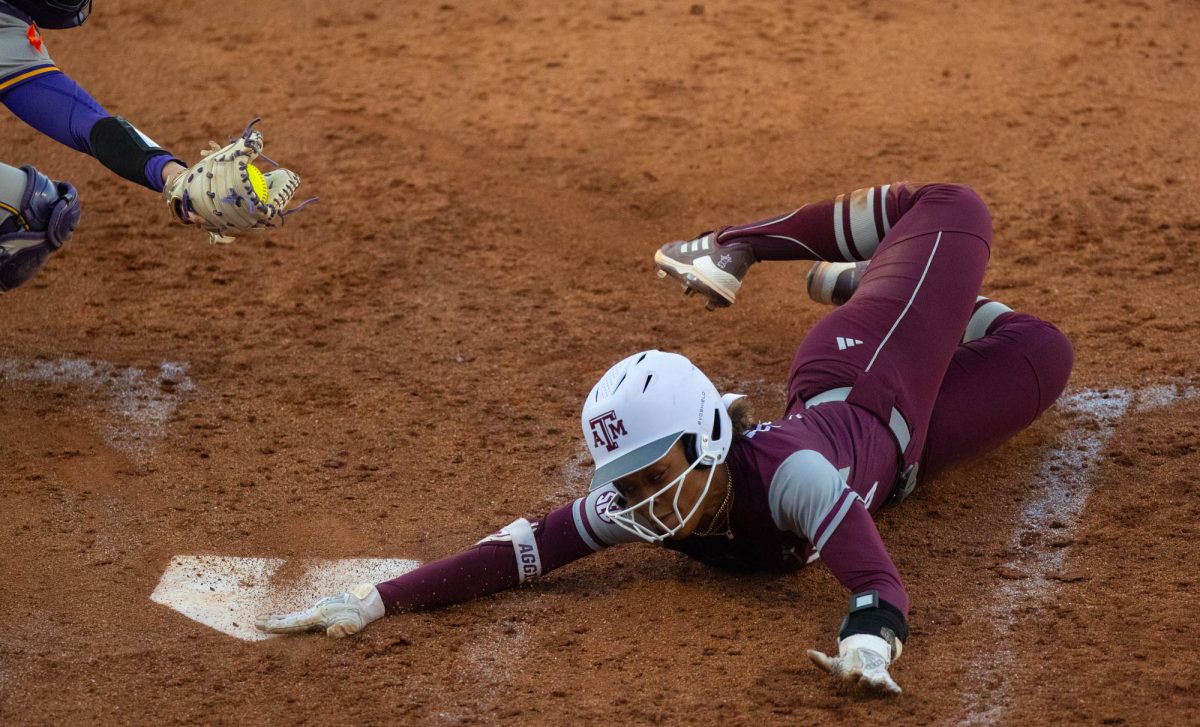
![Freshman Lucciana Perez reacts to the match winning point at Texas A&Ms match against Alabama at the Outdoor Mitchell Tennis Center on Sunday, April 14, 2024. [Connor May/The Battlion ©]](https://thebatt.com/wp-content/uploads/2024/04/KYLE9082-Enhanced-NR-960x1200.jpg)
